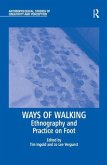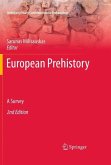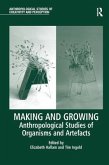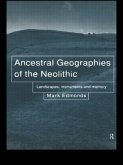Newfoundland lies at the intersection of arctic and more temperate regions and, commensurate with this geography, populations of two Amerindian and two Paleo-Eskimo cultural traditions occupied Port au Choix for significant periods of time. Over the past two decades, the Port au Choix Archaeology Project has sought a comparative understanding of how these different cultures, each with their particular origin and historical trajectory, adapted to the changing physical environment, impacted their physical surroundings, created cultural landscapes and interacted with each other.This edited work will bring together not only archaeologists, but also geologists, both cultural and physical anthropologists, and ecologists. Even thought this particular extensive study is a specific geographic area in Newfoundland, Canada, it will bring to light wider implications for understanding settlement and society in prehistoric hunter-gatherer and landscape studies.
From the book reviews:
"The volume is organised into fourteen chapters bracketed by an introduction and a conclusion written by Renouf ... . This volume is recommended for students of archaeology as a useful text on culture history, methodology, and ways of thinking about data sets. I recommend this volume to researchers for the model or template it provides when planning research programmes and setting research standards." (Marianne P. Stopp, Canadian Journal of Archaeology/Journal Canadien D'Archeologie, Issue 37, 2013)
"The volume is organised into fourteen chapters bracketed by an introduction and a conclusion written by Renouf ... . This volume is recommended for students of archaeology as a useful text on culture history, methodology, and ways of thinking about data sets. I recommend this volume to researchers for the model or template it provides when planning research programmes and setting research standards." (Marianne P. Stopp, Canadian Journal of Archaeology/Journal Canadien D'Archeologie, Issue 37, 2013)








